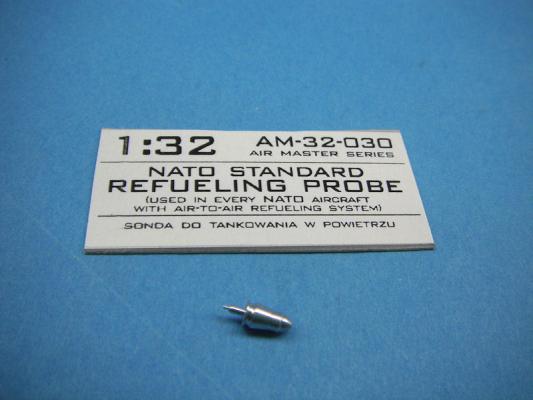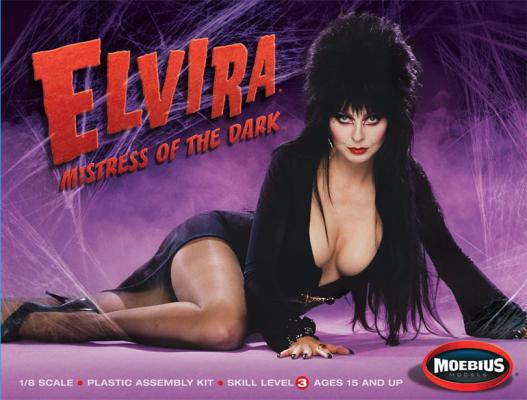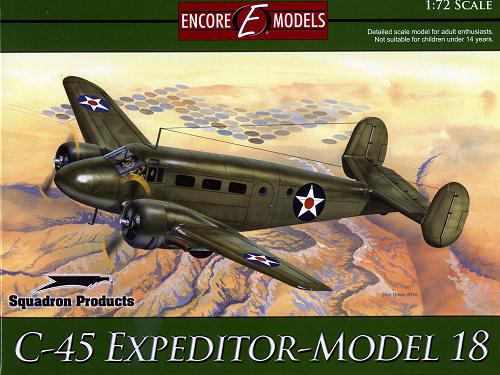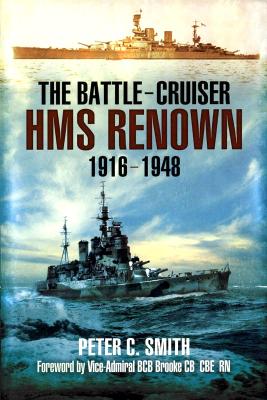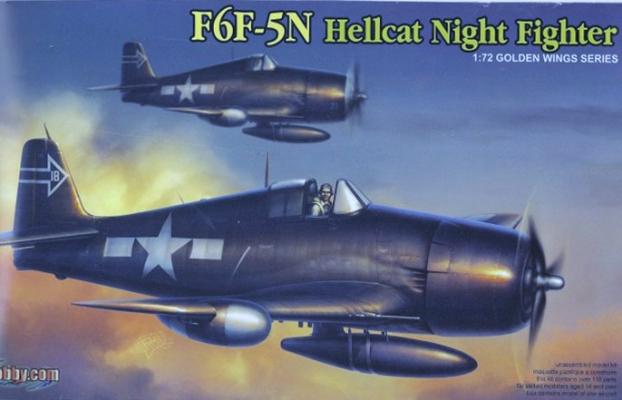Master Models continues its excellent string of releases in all scales with turned aluminum refueling probes in 1/32 and 1/48 scale. The parts are perfectly made and, like many Master Model parts, simple to use. You build the refueling probe, paint as required, and the cut the tip off. Drill a hole for the part and glue it on and it leaves you with a perfect part with a realistic metal finish because it is metal.
Items are:
- 1/32 32030 $4.95
- 1/48 48033 4.95
Highly recommended to add a perfect finishing touch to any kit using a NATO refueling probe. My thanks to Master Models and IPMS/USA for the chance to review these excellent parts.











